it's not possible to render it in one line through displacy. However, you should be able to abstract the html through python functions and manually render the results. Here's an example app:
import dash
import dash_html_components as html
import spacy
from spacy.displacy.render import DEFAULT_LABEL_COLORS
# Initialize the application
app = dash.Dash(__name__)
def entname(name):
return html.Span(name, style={
"font-size": "0.8em",
"font-weight": "bold",
"line-height": "1",
"border-radius": "0.35em",
"text-transform": "uppercase",
"vertical-align": "middle",
"margin-left": "0.5rem"
})
def entbox(children, color):
return html.Mark(children, style={
"background": color,
"padding": "0.45em 0.6em",
"margin": "0 0.25em",
"line-height": "1",
"border-radius": "0.35em",
})
def entity(children, name):
if type(children) is str:
children = [children]
children.append(entname(name))
color = DEFAULT_LABEL_COLORS[name]
return entbox(children, color)
def render(doc):
children = []
last_idx = 0
for ent in doc.ents:
children.append(doc.text[last_idx:ent.start_char])
children.append(
entity(doc.text[ent.start_char:ent.end_char], ent.label_))
last_idx = ent.end_char
children.append(doc.text[last_idx:])
return children
text = "When Sebastian Thrun started working on self-driving cars at Google in 2007, few people outside of the company took him seriously."
nlp = spacy.load("en_core_web_sm")
doc = nlp(text)
print("Entities:", doc.ents)
# define de app
app.layout = html.Div(
children=render(doc)
)
# Run the app
if __name__ == "__main__":
app.run_server(debug=True)
This produces the following result:

In the example above, the entname and entbox functions will respectively generate an html.Span and html.Mark with the style copied from the output html in displacy. Then, the function entity abstracts the previous two functions to easily generate an entity box. Finally, the render function will take spacy's Doc object and convert it into a list of Dash html components, which can be used inside the Dash layout.


